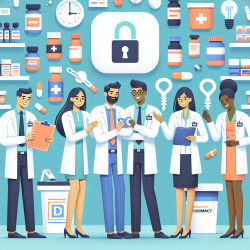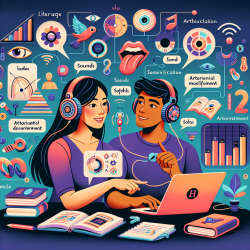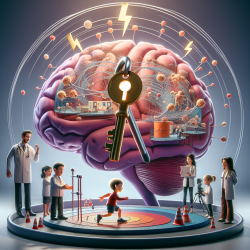Introduction
In the dynamic world of healthcare, the collaboration between pharmacists and pharmacy technicians is crucial for delivering optimal patient care. The research article "Pharmacist—Pharmacy Technician Intraprofessional Collaboration and Workplace Integration: Implications for Educators" sheds light on the barriers and facilitators to effective collaboration in community pharmacy settings. This blog will explore key findings from the study and provide actionable insights for practitioners to enhance their skills and improve workplace integration.
Understanding the Challenges
The study identifies several challenges that hinder the full integration of pharmacy technicians in community practice. These include:
- Suboptimal utilization of regulated technicians in practice.
- Gaps in crucial knowledge and skills for both pharmacists and technicians.
- Lack of a clear business model to support the integration of higher-paid technicians.
Enhancing Educational Interventions
To address these challenges, the research suggests targeted educational interventions. Here are some practical steps that educators and practitioners can take:
- Focus on Soft Skills: Develop communication, conflict management, and interpersonal skills through workshops and training sessions. These skills are essential for effective collaboration and patient interaction.
- Promote Professional Identity: Encourage pharmacy technicians to build a strong professional identity by offering courses on professionalism and ethics. This can enhance their confidence and trustworthiness in the workplace.
- Practice Management Training: Incorporate practice management and readiness training into the curriculum. This will prepare technicians to take on more responsibilities and improve workflow efficiency.
Creating a Sustainable Business Model
One of the major obstacles to integration is the lack of a viable business model. Here are some strategies to consider:
- Value-Added Services: Identify services that pharmacy technicians can offer to generate additional revenue, such as medication management or patient education programs.
- Collaborative Practice Models: Develop practice models that leverage the skills of both pharmacists and technicians, allowing pharmacists to focus on cognitive services while technicians handle technical tasks.
Conclusion
By implementing these strategies, practitioners can improve collaboration between pharmacists and pharmacy technicians, leading to better patient care and professional satisfaction. For more detailed insights and recommendations, I encourage you to explore the original research paper.
To read the original research paper, please follow this link: Pharmacist—Pharmacy Technician Intraprofessional Collaboration and Workplace Integration: Implications for Educators.










